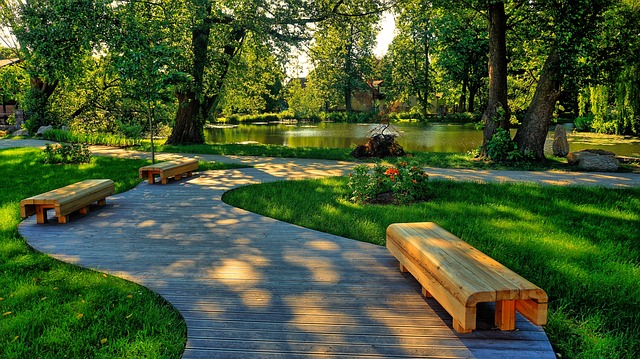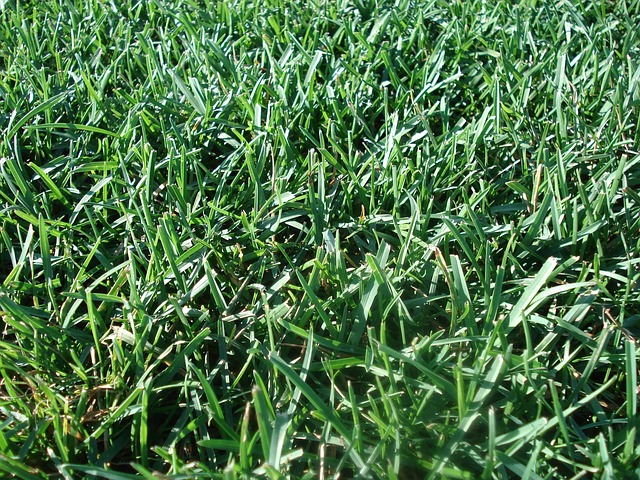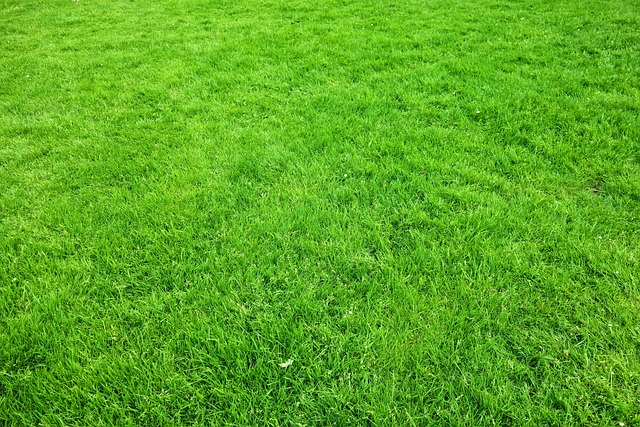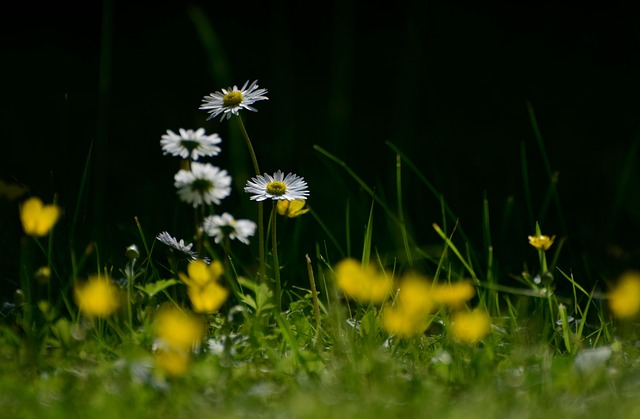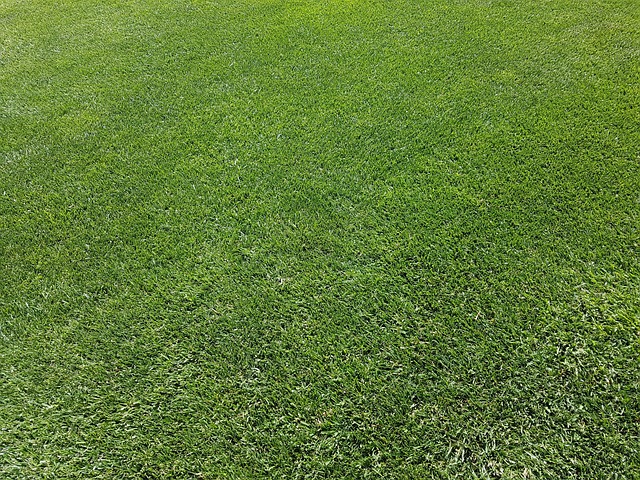Mulching and edging are essential practices in lawn care and landscaping. Mulch insulates soil, conserves moisture, prevents weeds, and enriches soil with organic nutrients or provides a long-lasting barrier without added nutrients (inorganic mulches). Edging defines yard borders, prevents grass from encroaching on hardscapes, and enhances overall aesthetics. Combining these techniques promotes healthier grass growth and creates a vibrant, well-maintained landscape. Regular edging and strategic mulch application are key to achieving and maintaining lawn care and landscaping excellence.
Transform your lawn into a picture of health and elegance with mulching and edging—essential practices in modern lawn care and landscaping. This guide explores the multifaceted benefits of mulching, from enriching soil fertility to suppressing weeds naturally. We delve into various mulching types suitable for different grass species and climate conditions. Edging techniques are also demystified, highlighting how subtle yet powerful they are in enhancing your lawn’s overall aesthetics. Discover best practices to ensure effective lawn care and landscaping with mulch and edges, achieving both beauty and longevity for your green oasis.
- Understanding Mulching: Benefits and Types for Lawn Health
- Edging Techniques: Enhancing Your Lawn's Aesthetics
- Best Practices for Effective Lawn Care and Landscaping with Mulch and Edges
Understanding Mulching: Benefits and Types for Lawn Health
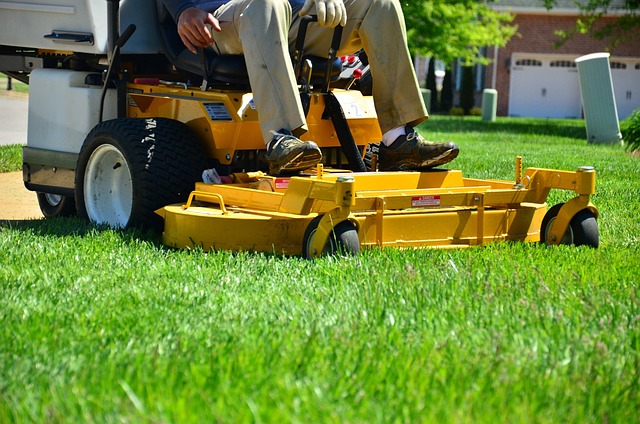
Mulching is an essential practice in lawn care and landscaping, offering numerous benefits for your grass and overall garden health. It involves placing a layer of organic or inorganic material over the soil surface, known as mulch, to enhance the growing environment. This simple yet powerful technique provides insulation during extreme weather conditions, retaining moisture in the soil and reducing evaporation. By blocking out sunlight, mulch also suppresses weed growth, allowing your lawn to compete for nutrients without unwanted competition.
When it comes to types of mulch, there is a wide array of options to suit various needs. Organic mulches, such as wood chips, straw, or compost, add essential nutrients to the soil as they decompose, promoting healthy root development. Inorganic alternatives like gravel or rubber nuggets offer long-lasting protection and are ideal for areas requiring minimal nutrient contribution. Each type provides unique advantages, catering to different lawn care goals, and ensuring a vibrant, healthy lawn is achievable through proper mulching practices in your landscaping routine.
Edging Techniques: Enhancing Your Lawn's Aesthetics

Edging, a meticulous lawn care and landscaping technique, plays a pivotal role in defining your yard’s overall look. It involves trimming grass along pathways, driveways, and other defined edges to create clean lines and enhance visual appeal. This simple yet effective process not only gives your lawn a polished, refined appearance but also helps prevent grass from encroaching onto hardscapes.
Professional landscapers often employ various edging techniques using tools like string trimmers, edgers, or even hand tools for precise control. These methods allow them to create straight lines, curved edges, or intricate designs according to the desired aesthetic and yard layout. By combining edging with proper mulching practices, lawn care enthusiasts can achieve a vibrant, well-maintained landscape that becomes the envy of the neighborhood.
Best Practices for Effective Lawn Care and Landscaping with Mulch and Edges

Incorporating mulch and precise edging into your lawn care routine is a game-changer for achieving a lush, well-maintained landscape. Start by selecting the right type of mulch—whether organic or inorganic—based on your lawn’s needs. Organic options like wood chips and straw enrich the soil with nutrients as they decompose, while inorganic mulches like gravel or recycled rubber provide a barrier against weeds without adding nutritional value.
When it comes to edging, defining the perimeter of your lawn is crucial for preventing weed growth between the grass and neighboring plants or pavement. Use high-quality edging tools to cut through sod cleanly, creating sharp lines that enhance the overall aesthetic appeal of your landscaping. Regularly trimming edges ensures a polished look and makes it easier to apply mulch consistently, promoting healthier grass growth throughout your lawn care and landscaping efforts.
Mulching and edging are essential components of comprehensive lawn care and landscaping. By understanding the benefits and best practices outlined in this article, you can enhance your lawn’s health, appearance, and overall beauty. Incorporating these techniques into your routine will not only make your yard look more polished but also contribute to a thriving, vibrant green space. Remember that consistent care and attention to detail are key, ensuring your lawn becomes the envy of the neighborhood.


